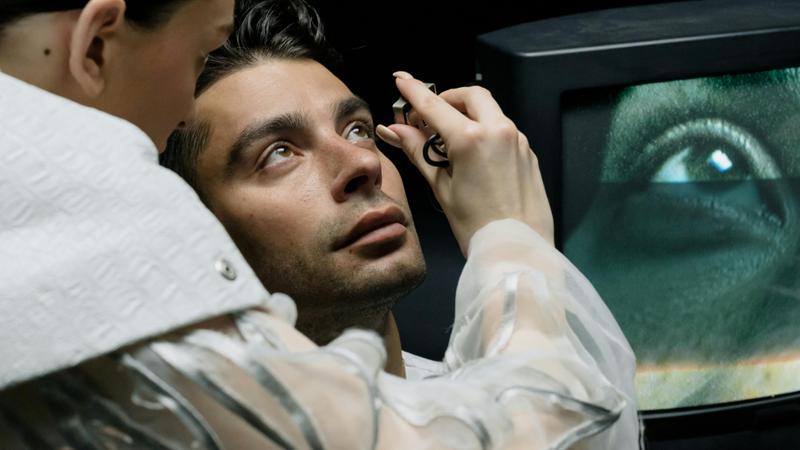Published 14:59 IST, May 2nd 2024
What Is Vitrectomy? The Eye Surgery Raghav Chadha Has Undergone In London
Vitrectomy is performed to remove the gel-like substance- vitreous formed inside the eye that usually blocks the retina which helps send signals to the brain.

Eye Surgery | Image:
Pexels
- Listen to this article
- 3 min read
Advertisement
14:57 IST, May 2nd 2024
